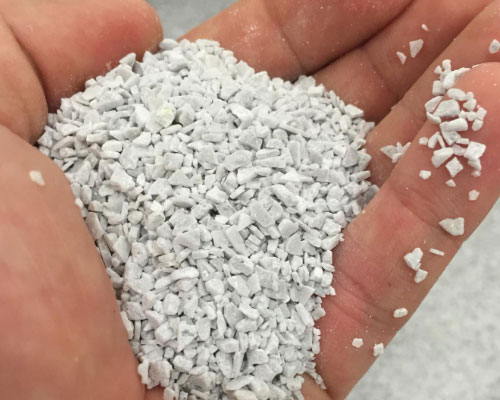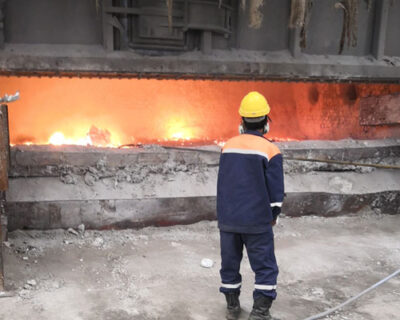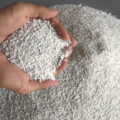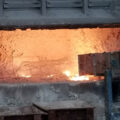Aluminum alloy smelting is one of the most important process links for the production of high-quality casting rods. Flux Refining Process is an important process in aluminum alloy smelting. The main components of fluxes currently on the market are chlorides and fluorides. If the process is not properly controlled, slag, pores, coarse grains, feather crystals and other casting defects will be generated in the casting, so it must be strictly controlled. It is better to control the melting temperature of 6063 aluminum alloy between 750-760 ℃, too low will increase the generation of slag inclusion, too high will increase the hydrogen absorption, oxidation, nitridation burning loss. Studies have shown that the solubility of hydrogen in molten aluminum rises sharply above 760°C. When heat is reduced, there are many ways to absorb hydrogen, such as drying melting furnaces and smelting tools, to prevent the use of flux from being deteriorated by moisture. However, the melting temperature is one of the most sensitive factors. Excessive melting temperature not only wastes energy and increases costs, but also is a direct cause of defects such as pores, coarse grains, and feather crystals.
Flux Refining Process
Flux is an important auxiliary material used in aluminum alloy smelting. The main components of fluxes currently on the market are chlorides and fluorides. Among them, chlorides have strong water absorption and are susceptible to moisture. Therefore, the raw materials used in flux production must be dried. Completely remove moisture, seal the package, prevent damage during transportation and storage, and pay attention to the production date. If the storage date is too long, moisture absorption will also occur. In the melting of 6063 aluminum alloy, the slag remover, If the flux such as refining agent and covering agent absorbs moisture, it will cause the liquid aluminum to absorb hydrogen to varying degrees.

Choosing a good refining agent and choosing a suitable refining process are also very important. At present, most of the refining of 6063 aluminum alloy uses powder refining. This refining method can make the refining agent fully contact with the aluminum liquid, and can maximize the refining agent. efficacy. Although this feature is obvious, the refining process must also be noted, otherwise it will not have the desired effect. The nitrogen pressure used in powder refining is preferably small, which can meet the requirement of blowing powder. If the nitrogen used in refining is not high purity Chlorine (99.99% N2), the more nitrogen is blown into the aluminum liquid, the more water in the fluorine gas causes the aluminum liquid to oxidize and absorb more hydrogen. In addition, the pressure of the fluorine gas is high, and the roll wave generated by the liquid is large, which increases the possibility of oxidized slag.
If high-purity nitrogen is used in the refining, the refining pressure is large, the bubbles generated are large, the large bubbles have a large buoyancy in the aluminum liquid, the bubbles quickly rise, the residence time in the aluminum liquid is short, the hydrogen removal effect is not good, and waste Nitrogen increases costs. Therefore, nitrogen should be used less, refining agents should be used more, more use of refining agent is only good, no harm. The main point of the powder refining process is to use as little gas as possible and spray as much refining agent as possible into the molten aluminum.



